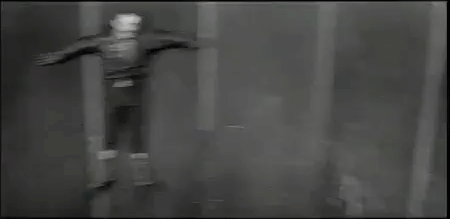For episode 11 of the Family Pictures Podcast MBS and I finally take on a heavy weight of world cinema with François Truffaut’s French New Wave masterpiece 400 Blows (1959). This was Michael’s pick, and I was thrilled because I love this film and have referenced it more than once on the bava over the years. I even created a GIF of the classic rotor scene.

Animated GIF from 400 Blows featuring the spellbinding Rotor scene
I enjoyed the conversation this time around because Michael is a huge fan of Truffaut—and this film in particular—so he brought a lot to the conversation, such as how Truffaut was banned from Cannes the year before he would triumphantly return winning the Palme d’ Or best director for 400 Blows—his very first film. The context around the making of the film is fascinating too: Truffaut was known as a fierce critic of French cinema at that time, regularly proclaiming it moribund. So his transition from critic to filmmaker was quite risky given he’d made more than a few enemies in the industry. It’s a cool story all around.
There are also a bunch of great short documentary bits out there about this film, like this 1960 interview wherein he discusses the opening of 400 Blows in the US. He mentions he’s watched over 3,000 films by this point, which would be the ripe old age of 28. During the podcast Michael compares him to Tarantino, which is a fitting parallel given the two seem absolutely obsessed with the medium and can move seamlessly between the roles of auteur and critic. I already mentioned my favorite scenes in a post back in 2010 and not much has changed, although this time around I have a new found love for the opening scene in the school room. There is just so much goodness in this film that it was an absolute joy to spend an hour talking about it with a fellow fan.


















